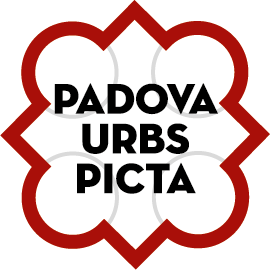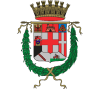A reserved artist who is constant in her research, Elena Molena exhibits at Palazzo Zuckermann the results of almost twenty years of work, nourished also by her teaching activity as a lecturer at the Accademia di Belle Arti in Venice, where she trained in the painting disciplines and then specialised in Art Graphics.
The school is that of the contemporary Venetian chalcographic tradition, first with Mario Guadagnino and Giuseppe Fantinato, then with Diana Ferrara in the specialisation.
Molena participated in the activities of the Veneto Engravers’ Association under the leadership of the unforgettable Giorgio Trentin.
Over the years, his inspiration focused on the urban landscape, on the abandonment of industrial archaeology, gasometers and pylons, in a perturbing absence of man.
She looks to the great 20th-century cantor of the city, Mario Sironi, from whose views of suburbs he captured a stagnant sense of loneliness and an illumination shaken by dramatic contrasts, and to Renzo Vespignani, to the scenes of his Roman suburbs.
But the densest resonances lie in the prodigious ‘Carceri’ that Giovanni Battista Piranesi engraved in the mid-1700s: inventions of complex perspectives and daring constructions, factories at once surreal and baroque. Into these visions Molena grafts modern remains and contemporary infrastructures, with a synthesis and sign of full maturity that in the machine-sewn sheets in the ‘carpets’ are potentially replicated ad infinitum in the brilliant play of seriality.












